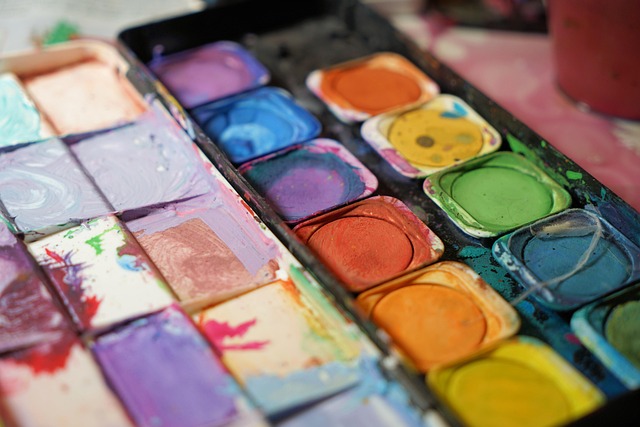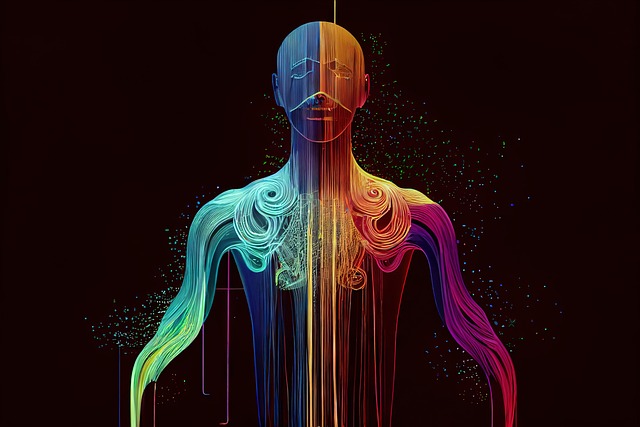Exploring the Intersection of Art and Design in Creative Architecture
When we think about architecture, we often envision towering skyscrapers, charming cottages, or awe-inspiring bridges. However, the true essence of creative architecture transcends mere functionality; it embodies a fusion of art and design that evokes deep emotional responses. This unique intersection is where creativity flourishes, igniting our imagination and reshaping our interactions with the spaces we inhabit.
The Artistic Essence of Creative Architecture
Art plays a pivotal role in architecture, serving as the backbone of aesthetics while also contributing to the building’s purpose. When artists turn to design architecture, they infuse their individuality and vision into their creations, transforming spaces into experiences. Each structure tells a story and conveys a message, inviting us to explore and engage.
Consider the organic forms of Frank Gehry’s designs, which often resemble sculptures more than traditional buildings. His work encourages us to view architecture through an artistic lens, where each curve and angle is meticulously crafted to elicit a specific emotional response. This exemplifies how creative architecture can elevate our everyday encounters with the places we live, work, and play.
The Impact of Design in Architecture
Design is equally crucial in the realm of architecture, as it dictates how spaces function, flow, and are perceived. Great design balances aesthetics with practicality, ensuring that buildings serve their intended purpose while still captivating the eye. Innovative architects push the boundaries of traditional design by incorporating sustainable practices, pushing for eco-friendly materials and energy-efficient solutions without sacrificing artistic integrity.
Imagine walking into a space where the lines blur between indoor and outdoor livability, where light and shadow dance across a canvas of walls and windows. This is the magic of thoughtful design in creative architecture. It takes into account not just the visual elements, but also how individuals will interact with and feel within those spaces.
Bridging Art and Design: The Role of Technology
The advent of cutting-edge technology has transformed the landscape of architecture and design, enabling creatives to experiment with new materials, forms, and structures. Digital modeling and 3D printing have unlocked a world of possibilities, where concepts can be visualized and manipulated in ways previously thought unimaginable.
Architects today are not just builders; they are innovators who can create immersive experiences that challenge our perceptions. The use of virtual and augmented reality allows prospective clients and the public to engage with architectural designs in interactive ways, bridging the gap between conceptual art and tangible structures.
Reflections on Our Built Environment
As we navigate through various buildings, parks, and public spaces, we must recognize the profound impact of creative architecture. It influences our emotions, shapes our behaviors, and even affects our well-being. Each masterpiece invites us to reflect on the synergy of art and design, prompting us to think critically about what we value in our environments.
In a world where creativity can be stifled by convention and limitation, embracing the beautiful intersection of art and design in architecture offers us a pathway to endlessly reimagine our surroundings. It inspires us to appreciate the artistry that surrounds us and encourages us to dream bigger as we envision the spaces of tomorrow.




